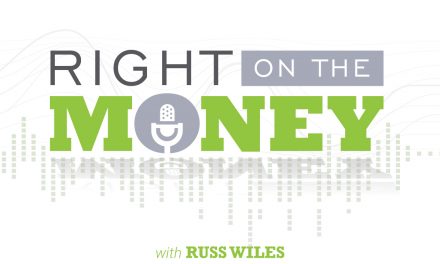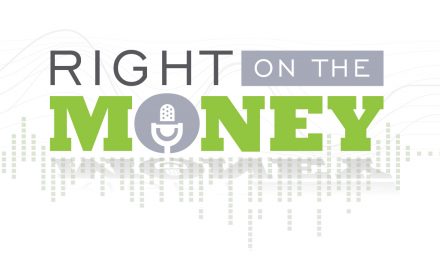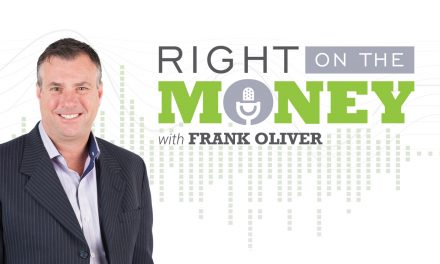Medicare is Means Tested, So Managing Income is Important
Medicare is a large government entitlement program offered to retirees and other people with special circumstances. It provides medical insurance coverage, and is an entitlement that is paid for over the course of your working years. Medicare eligible people also have the option to expand Medicare coverage through the purchase of prescription coverage, as well as Medicare Advantage and Medicare Supplement plans.
Medicare is a government entitlement program that was enacted in 1965 under President Lyndon Johnson to provide medical insurance to people age 65 and older. Today, Medicare makes up one of the largest components of the federal budget.
Original Medicare is made up of two components, Part A and Part B. Part A is known as “hospital” coverage and helps cover your care when you’re admitted to a hospital or a skilled nursing facility, as well as hospice care and home healthcare. Part B is referred to as the “medical” portion of Medicare, and will cover doctor’s visits, outpatient care as well as other services not covered under Part A, such as some occupational and physical therapy services, as well as some preventive services.
Medicare Part A is generally offered at no cost as long as you or your spouse paid Medicare taxes while working for a minimum of 40 quarters. Medicare Part B generally costs $104.90 per month for most people. Medicare Parts A and B are offered directly from the federal government.
It is important to note that Medicare Part B premiums are means tested, using a look back period of 2 years of wages to determine premiums. If your wages exceed a defined threshold, you could be charged extra for your Part B coverage.
Other components of Medicare, including Part C, Part D (prescription drug coverage) and Medicare Supplement are offered through private insurance companies. Part C, also known as “Medicare Advantage”, covers everything Parts A and B cover, and in some cases includes Part D coverage. It can also offer other services like wellness programs, dental and vision coverage.
In addition to original Medicare, eligible persons also have the option to purchase a Medicare Supplement plan along with a Medicare Part D plan. Original Medicare generally covers 80% of eligible medical expenses. A Medicare Supplement will cover a portion, or all of the remaining eligible medical expenses, depending on the plan selected.
For Medicare Part D prescription coverage, the plan pays a higher amount of the costs for the first $3,310 paid toward prescription drugs (combined between the insured and the insurance company). At that point, there is a coverage gap, known as the “donut hole” for the next $3752.50 in which you as the insured are required to pay a higher percentage of the drug costs. However, the donut hole continues to shrink and is expected to be eliminated by the year 2020.
Once you, the insured, pay a total of $4,850 for prescription drugs, you enter into “catastrophic coverage” where Medicare and the insurance company cover 95% of the drug costs.
Eligibility for original Medicare during the “Initial Open Enrollment Period” 3 months before you turn 65, the month you turn 65, and 3 months after you turn 65. It is important to note that if you retire after age 65, you can enroll for two full months after the month your employer-sponsored coverage ends.
There is an “Annual Election Period” for Medicare Parts C and D, which runs from October 15 through December 7th of every year. During this Annual Election Period, you have the option to enroll in a different Part C and/or Part D plan.
Syndicated financial columnist Steve Savant interviews retirement specialist Harvey Garza on Tax Favored Investing. Right on the Money is a weekly one-hour online broadcast for TV and radio distribution. The show contains five ten-minute segments that are redistributed online as individual video press releases.




